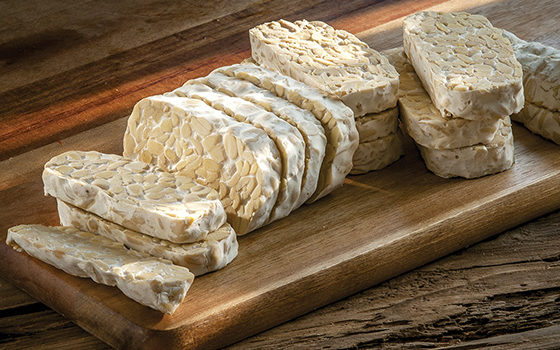Fermented foods are becoming more popular for their nutritional value and delicious taste. Putting them in our plates is definitely a healthy choice. However, despite their growing popularity, the technique is far from new. Fermentation has been around for thousands of years—foods like cheese and beer, which we’ve been eating for a very long time, are both excellent examples of fermented foods.
What is fermentation?
Fermentation is a process through which foods transform as microorganisms such as yeast, mould or mushrooms grow. To be fermentable, foods must contain water and sugar. The microorganisms then transform the sugar into either alcohol or acid, which is what gives fermented foods their distinctive flavours. During fermentation, the food’s pH lowers, making it more acidic; which is why fermented foods have longer shelf lives.
Impact of fermentation on nutritional value
In addition to changing the texture of the food, fermentation increases the bioavailability of nutrients by producing enzymes, which improve the nutritional value of the food. Fermented foods also contain probiotics that are good for gut and immune health.
An overview of fermented foods
Several new fermented foods are making their appearance in grocery stores. Here are a few examples of little-known fermented foods:
Kombucha
This drink is a growing trend and made from fermented tea that comes in different flavours. However, drink in moderation since some contain sugar that isn’t transformed during fermentation.
Kefir
Kefir, which comes to us from Russia, is a slightly fizzy fermented milk drink that contains bacteria and yeast. You can drink it much like you would milk, add it to cereal or use it in a smoothie. It comes plain or fruit flavoured, but be careful, fruit flavoured kefir contains 2 to 4 times more sugar.
Kimchi
This is the Korean version of sauerkraut, i.e., fermented cabbage with hot pepper. You can also find daikon or eggplant based kimchi.
Miso
Miso is a paste made from soy with a grain, salt and mushrooms added to activate fermentation. It’s ideal for making dressings and broths, and you only need a small quantity to load up on taste.
Tempeh
Tempeh is made from soybeans with added mushrooms to activate fermentation. Unlike tofu, it doesn’t have a smooth texture (you can see the soybeans inside), and it also has a bolder taste. It’s delicious diced, sautéed or added to an Asian stir-fry. So go ahead and try fermented foods. They’ll add colour, taste, and a bit of fun to your dish!
Rachelle-Béry’s nutritionist team

